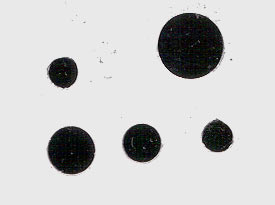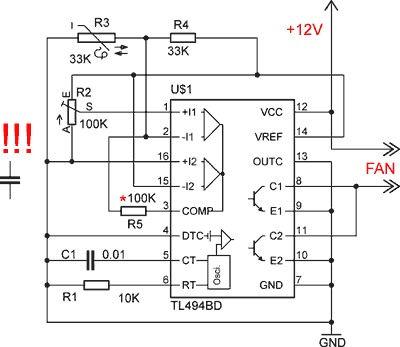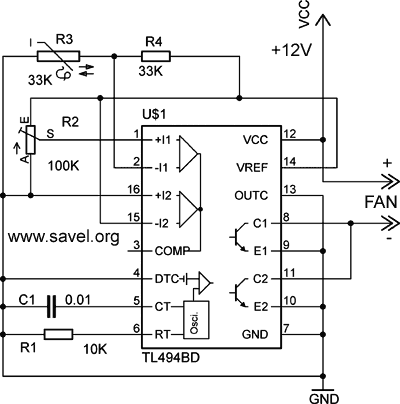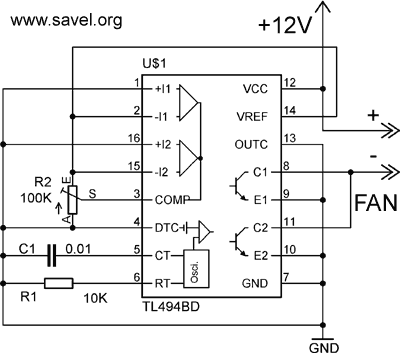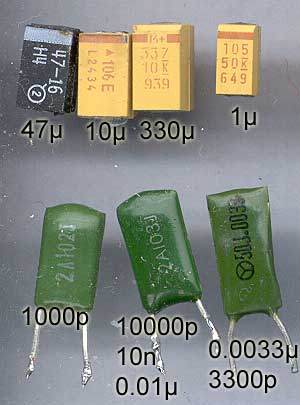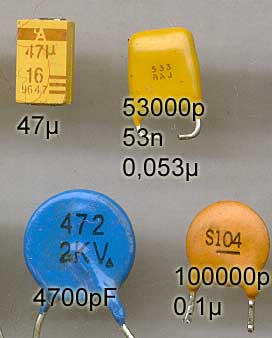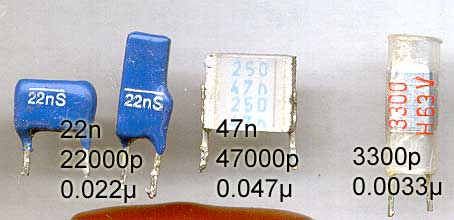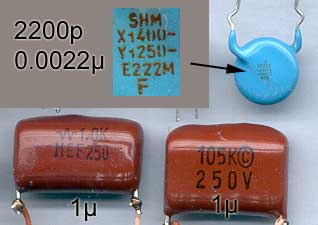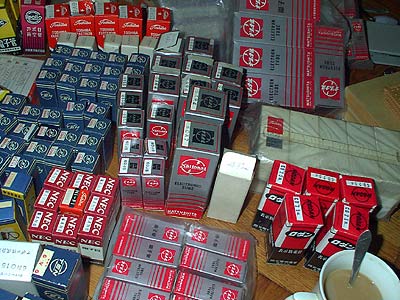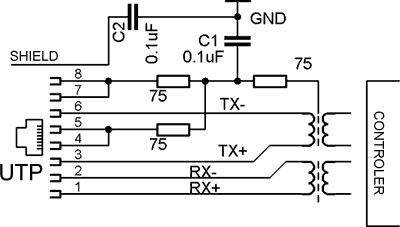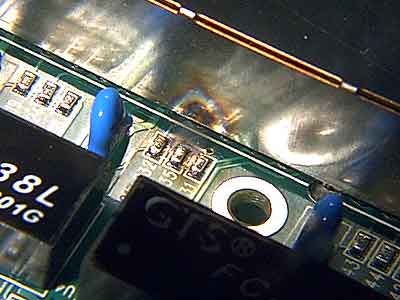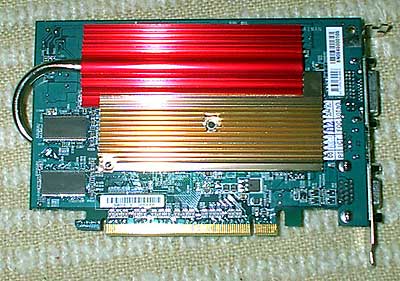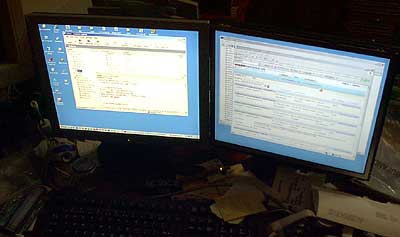If you want to build DVD/MP3/DivX/Xvid and etc. player you need only to design box. Take cheap power supply for +-12, 5 and 3.3V any DVD reading hardware and simple mainboard based on MTK1389 chip. Order MediaTek firmware and enter your logo… That’s all. This how this VIDO D403 DIVX player was made. The mainboard has silkscreen: MTK1389 DVD KHM280/310/HD60 rev.1.0 2004.05.18
As passed one year after I bought it and there is no warranty I decided to get rid of annoying high pitch noise in audio channel. Also OSD graphics was a bit distorted. I though that it is some power supply problems. I opened the case and made very small modifications. Replaced 1000μF x 10V capacitor with 3300μF x 6.3V one on 5V power line. Also increased cap on 12V line. Also added small (47μ and 10μ tantalum caps on same power lines). Also, I have big collection of mountable feritte core beads. So I placed as many as I could on the power lines.
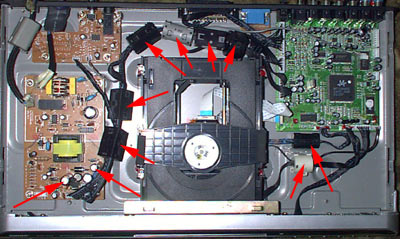
The noice on audio lines decreased about 50% and on screen display is quite good. Only one notice- 3300μF cap is getting warm. This means, that power supply is still overloaded. I thing this PSU is too weak for this device- 5V is 4.9V, 12V is 11V.


